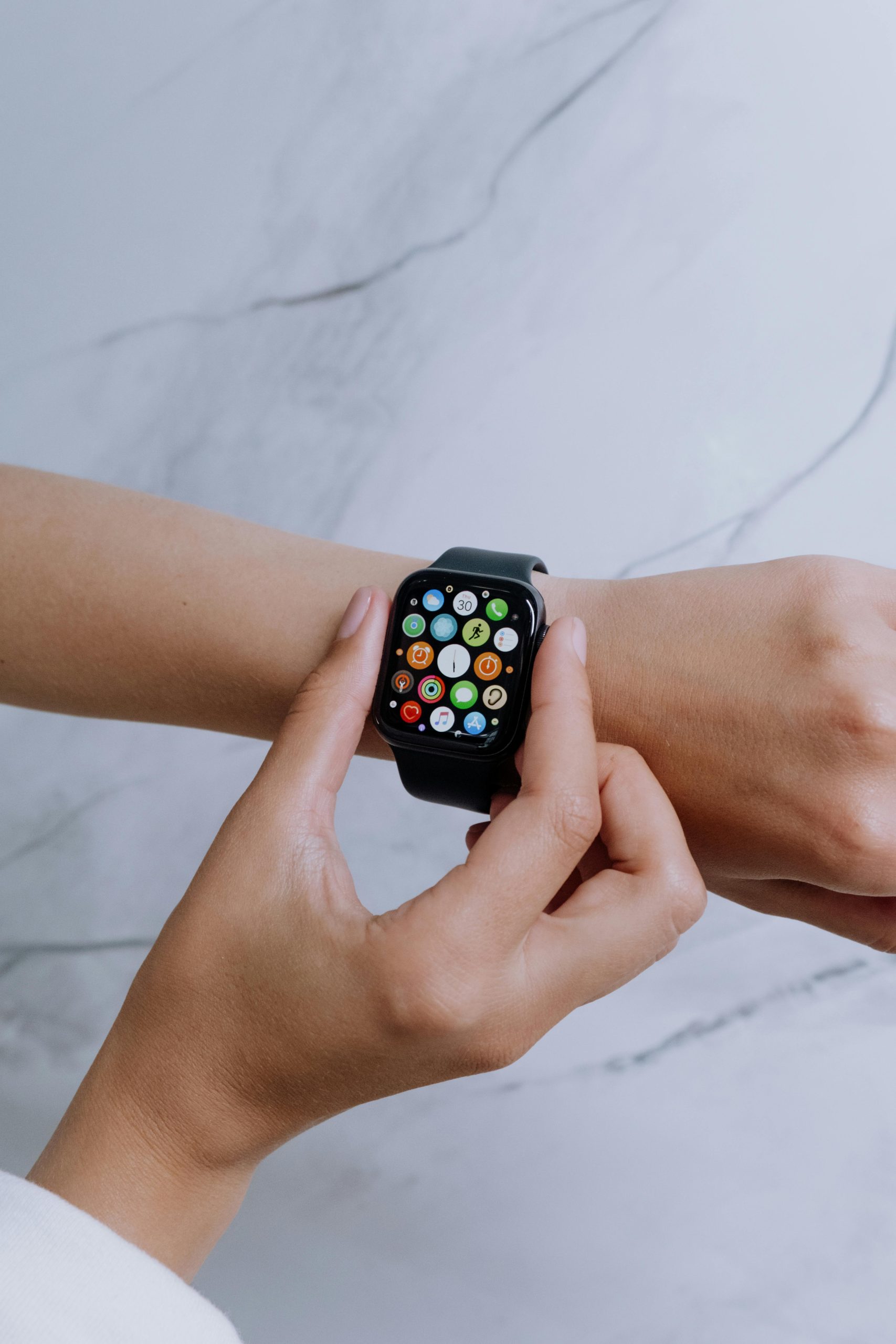In an increasingly connected world, digital minimalism has emerged as a powerful antidote to the constant distractions of screens and notifications. As we step into 2025, the need to reduce screen time and reclaim our focus has never been more urgent. Smartphones, social media, and endless streaming options have made it harder than ever to disconnect, leading to burnout, decreased productivity, and even mental health challenges. But by embracing digital minimalism, you can take control of your tech habits, prioritize what truly matters, and rediscover the joy of living in the moment.
What Is Digital Minimalism?
Digital minimalism is a philosophy that encourages intentional and mindful use of technology. Instead of mindlessly scrolling or reacting to every notification, digital minimalists carefully curate their digital interactions to align with their values and goals. This approach isn’t about rejecting technology altogether but about using it in a way that enhances rather than detracts from life.
In 2025, digital minimalism has evolved beyond simple screen time tracking. It now includes strategies like:
- Selective engagement: Only using apps and platforms that add real value.
- Tech-free zones: Designating areas in your home where screens aren’t allowed.
- Batch processing: Checking emails and messages at specific times rather than constantly.
Why Reducing Screen Time Matters in 2025
The digital landscape in 2025 is more immersive than ever, with augmented reality (AR), virtual reality (VR), and AI-driven content competing for our attention. While these innovations offer incredible benefits, they also make it easier to lose hours in digital distractions. Here’s why reducing screen time is crucial:
Improved Mental Health
Excessive screen time has been linked to anxiety, depression, and sleep disturbances. By setting boundaries, you can reduce stress and improve your overall well-being.
Enhanced Productivity
Constant interruptions from notifications fragment your focus. Digital minimalism helps you reclaim deep work and accomplish more in less time.
Stronger Relationships
When you’re not glued to your phone, you can engage more meaningfully with friends, family, and colleagues—strengthening real-world connections.
Practical Ways to Reduce Screen Time in 2025
Ready to cut back on digital clutter? Here are actionable strategies to help you embrace digital minimalism in 2025:
1. Audit Your Digital Habits
Start by tracking how you spend your screen time. Most smartphones now offer detailed usage reports. Identify which apps consume the most time and ask yourself: Do these add value, or are they just distractions? Uninstall or limit access to non-essential apps.
2. Set Clear Boundaries
Establish rules for tech use, such as:
- No screens during meals or before bed.
- Turning off non-essential notifications.
- Using “Do Not Disturb” mode during focused work sessions.
3. Embrace Single-Tasking
Multitasking is a myth—switching between apps and tabs reduces efficiency. Instead, focus on one task at a time. Close unnecessary browser tabs and put your phone in another room while working.
4. Rediscover Offline Hobbies
Replace screen time with activities that don’t involve technology, such as reading physical books, exercising, or learning a new skill. These hobbies not only reduce screen dependence but also boost creativity and satisfaction.
The Role of Technology in Supporting Digital Minimalism
Ironically, technology itself can help you reduce screen time. In 2025, several tools and features support digital minimalism:
- AI-powered focus assistants: Apps that block distractions and suggest optimal work-break cycles.
- Minimalist phone modes: Some smartphones now offer “essential only” modes that limit functionality to calls, messages, and critical apps.
- Digital wellness dashboards: Built-in tools that provide insights into usage patterns and encourage healthier habits.
By leveraging these tools, you can make technology work for you—not the other way around.
Conclusion
Digital minimalism in 2025 isn’t about deprivation; it’s about making conscious choices that align with your priorities. By reducing screen time, you can reclaim your focus, improve mental health, and cultivate richer real-world experiences. Start small—audit your habits, set boundaries, and explore offline activities. Over time, these changes will help you build a healthier, more intentional relationship with technology. The future of digital minimalism is here, and it’s time to take control.
